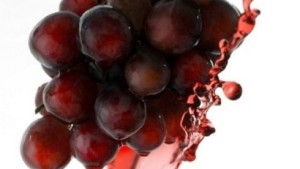




Representational Picture
The solid grape waste left over from wine-making could be used to produce low cost biofuel, scientists have found.
The researchers showed that up to 400 litres of bioethanol could be produced by fermentation of a tonne of grape marc – the leftover skins, stalks and seeds from wine-making.
Global wine production leaves an estimated 13 million tonnes of grape marc waste each year.
It is estimated that several hundred thousand tonnes are generated annually in Australia and it is generally disposed of at a cost to the winery.
“This is a potentially economic use for what is largely a waste product,” said associate professor Rachel Burton, Programme Leader with the Australian Research Council (ARC) Centre of Excellence in Plant Cell Walls in the School of Agriculture, Food and Wine, University of Adelaide.
PhD candidate Kendall Corbin from University of Adelaide analysed the composition of grape marc from two grape varieties, cabernet sauvignon and sauvignon blanc.
She also investigated pre-treatment of the grape marc with acid and enzymes.
Corbin found that the majority of the carbohydrates found in grape marc could be converted directly to ethanol through fermentation with a yield of up to 270 litres per tonne of grape marc.
The leftover product was suitable for use as an animal feed or fertiliser.
Ethanol yields could be increased by pre-treatment with acid and enzymes up to 400 litres a tonne.
“Using plant biomass for the production of liquid biofuels can be difficult because of it structurally complex nature that is not always easily broken down,” said Corbin.
“Grape marc is readily available, can be sourced cheaply and is rich in the type of carbohydrates that are easily fermented,” said Corbin.
“We’ve shown that there is a potential new industry with the evolution of local biofuel processing plants to add value to the grape for an environmentally friendly biofuel,” Burton said.
The study was published in the journal Bioresource Technology.



